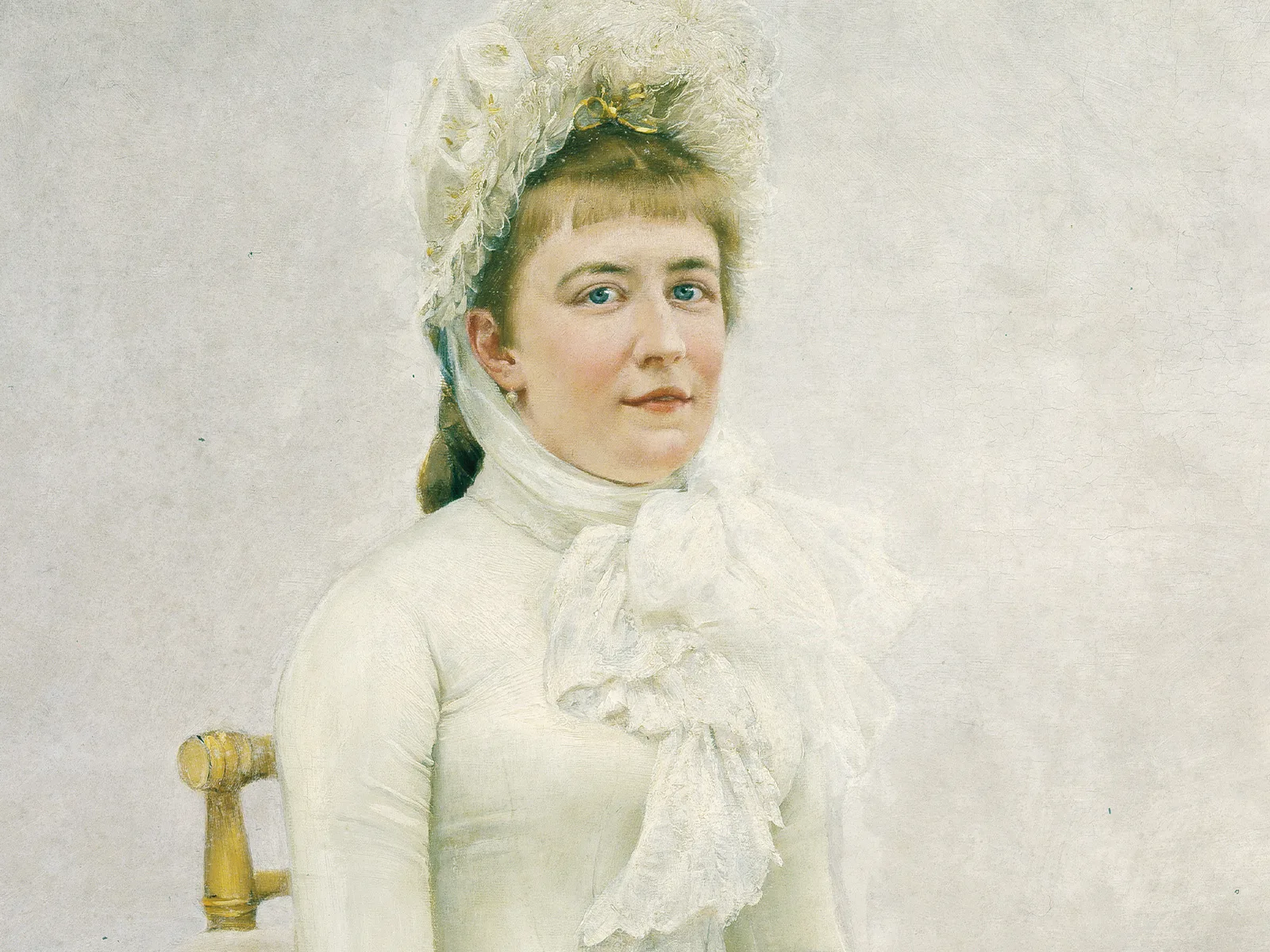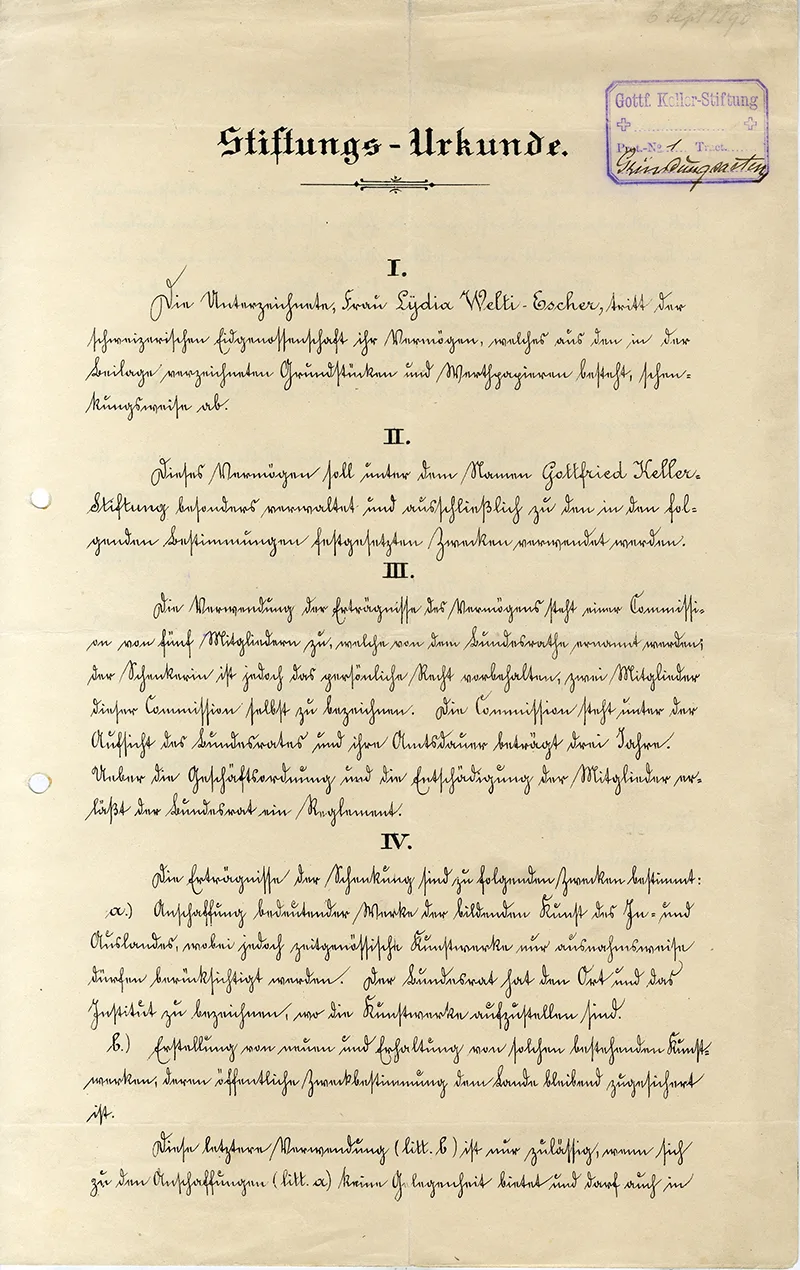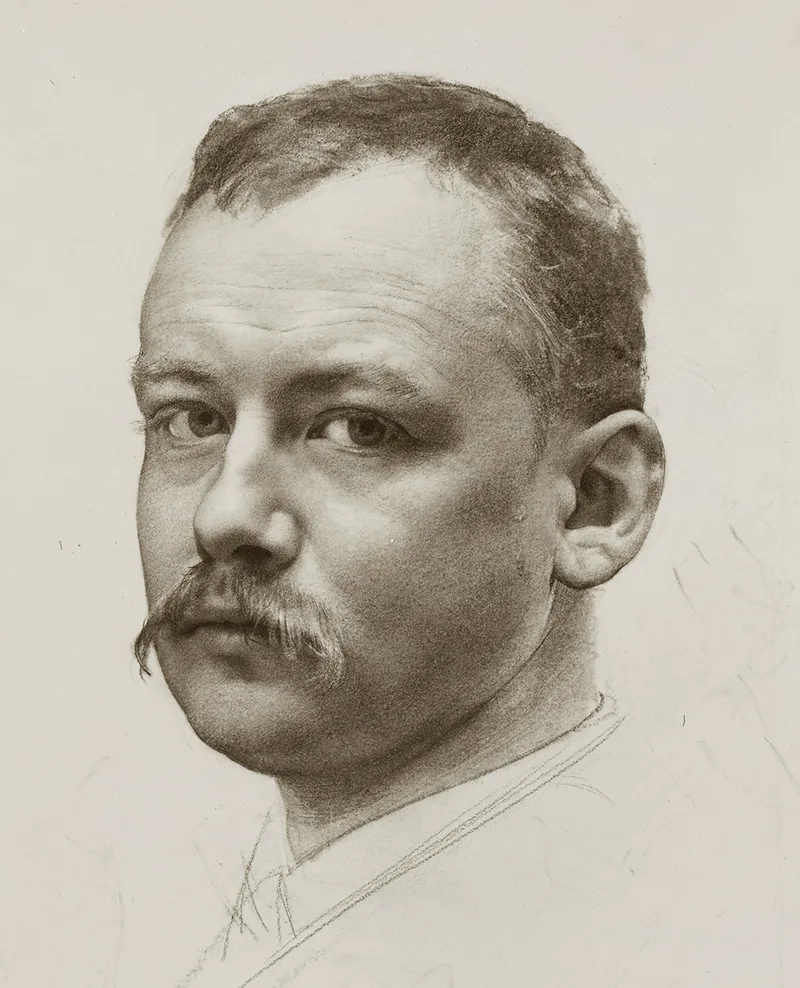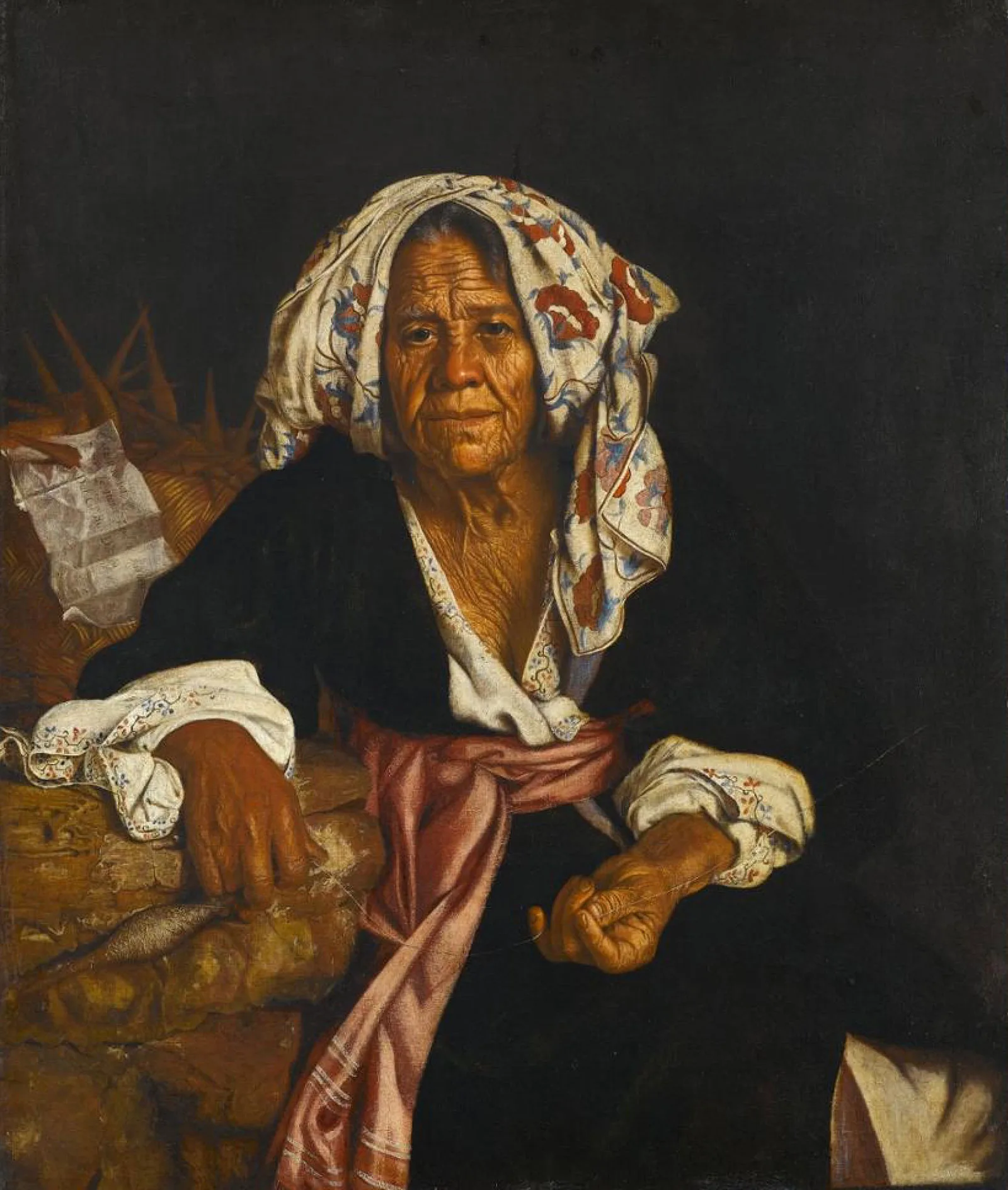
From romantic drama to art foundation
Switzerland has no National Gallery, but it does have the Gottfried Keller Foundation. The name is synonymous with high-quality fine art, but there’s also a tragic tale behind it.
The Gottfried-Keller-Stiftung (Gottfried Keller Foundation) was established in 1890 by Lydia Welti-Escher. Escher? That’s right – Lydia was the daughter of famed Swiss railway pioneer Alfred Escher. As his only child, she inherited his entire estate following his death in 1882. But this vast wealth didn’t bring her happiness. Married to Friedrich Emil Welti, the son of Federal Council member Emil Welti, she was lonely in her marriage. When her husband asked his former schoolmate, the talented painter Karl Stauffer, to paint Lydia’s portrait, her loneliness turned into a tragedy.
Failed escape
The relationship between the Bernese artist and the Escher heiress soon became more than a business arrangement. When in 1888, with the financial assistance of the Weltis, Karl Stauffer moved to Florence to study sculpture, the dalliance seemed to be at an end. But just a year later, Friedrich Emil and Lydia Welti also relocated to the city in Tuscany. There, painter and model allegedly began an affair. The situation escalated and the two fled to Rome. Using his political influence, Lydia’s father-in-law, Federal Councillor Emil Welti, had the pair arrested in the Italian capital. Lydia Welti-Escher was placed in a psychiatric clinic, and Karl Stauffer was sent to prison, accused of raping the supposedly mentally ill Lydia. However, the diagnosis of ‘systematic insanity’ soon proved unsustainable, and Lydia Welti-Escher was able to leave the clinic. The charge against Karl Stauffer was dropped. Although now free, the two did not get back together. Karl Stauffer died shortly afterwards from an overdose of sleeping pills. Lydia lost the will to live.

Lydia Welti-Escher bequeathed her fortune to art by setting up the Foundation.
Archives of the Gottfried Keller Foundation
Establishment of the Foundation and suicide
Back in Switzerland, Lydia and Friedrich Emil Welti divorced. The separation brought the Federal Councillor’s son considerable wealth. The daughter of Alfred Escher bequeathed the remainder of her fortune, just under five million francs, to the Swiss Confederation. The Foundation she established was set up for the purpose of buying important works of art. Ironically, it was Lydia’s ex-husband who advised her on the contract negotiations. It was also he who had pushed for the institution to be renamed the Gottfried Keller Foundation, rather than Welti-Escherin – presumably because the name Welti-Escher had too many unpleasant associations after what had happened in Rome. As the poet had been among the Escher family’s circle of friends, Lydia finally allowed herself to be persuaded. Just a year later, in 1891, Lydia Welti-Escher took her own life at the age of just 33. What began as a love of art ended in a human tragedy. Today, as you enjoy the treasures of the Gottfried Keller Foundation, one of the jewels in the crown of Swiss art, spare a thought for the collection’s founder and her tragic fate.

Self-portrait of the artist Karl Stauffer, date unknown.
SLUB Dresden / Deutsche Fotothek / Regine Richter
Highlights of the Gottfried Keller Foundation
National Museum Zurich
14.02. – 22.04.19
The collection of the Gottfried Keller Foundation is one of the most important collections of Swiss art. The exhibition at the National Museum chronicles the history of the Foundation and showcases the collection’s diversity with precious objects from the 12th to the 20th century, including gold work, drawings, paintings and sculptures. Parallel to this, the Museo d’arte della Svizzera italiana in Lugano is dedicated to the masterpieces of painting from the GKS collection.



